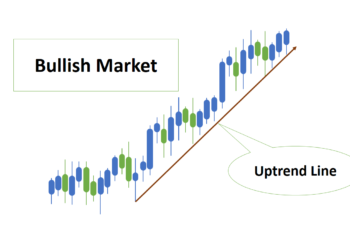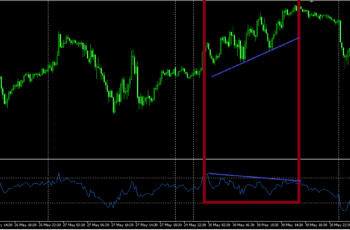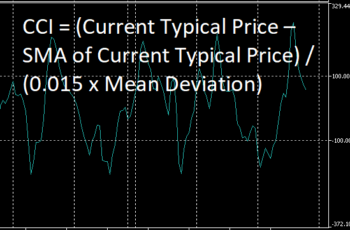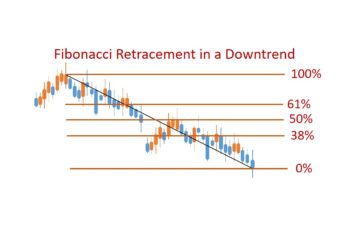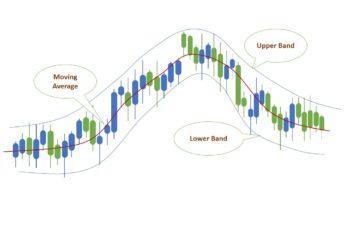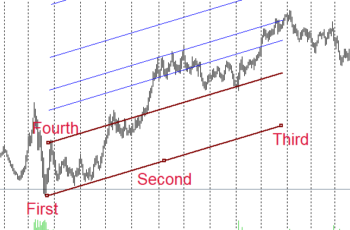Fibonacci also famous as Leonardo Bonacci, an Italian mathematician introduced Fibonacci Numbers to the west. 100s years later, other people used them to develop drawing tools for trading platforms.
According to a book called “Toward a Global Science: Mining Civilizational Knowledge” by Susantha Goonatilake, for the first time, the Fibonacci Numbers were described in Indian Mathematics around 200 BC by an Indian mathematician called Pingala. They are named after Fibonacci because he introduced them to the west.
What are Fibonacci Numbers
Fibonacci Sequence is another name for the Fibonacci Number. It is a series of numbers in which summing two numbers produces the next number.
This series of numbers start with 0 and 1. Adding 0 to 1 is 1, and adding 1 to 1 is 2, and adding 1 to 2 is 3, and so on. In this series, the next numbers are the following:
1,2,3,5,8,13,21,34,55,84,139,223…
What are Fibonacci Golden Ratios?
First, we get Fibonacci Ratios by dividing a Fibonacci Number by the next number in the series.
For example, dividing 21 by 34, we get 0.617 or 62%
Among all Fibonacci Ratios, technical traders believe that 0.382 (38.2%) and 0.617 (61.7%) are golden ratios because they occur more frequently in nature. Some traders consider the 0.5 (50%) also as a golden ratio just because it is half of one, not a Fibonacci Ratio.
What are Fibonacci Tools?
Software engineers have developed several tools based on Fibonacci Numbers, believing that they help technical traders.
In this article, I briefly introduce you to the most well-known tools which almost every technical trader uses.
Fibonacci Retracement
Fibonacci Retracement is the most useful and most popular among the Fibonacci tools. Probably every technical trader uses the Fibonacci Retracement.
The Fibonacci Retracement is used to gauge the percentage of pullback and the points of possible support and resistance lines.
Fibonacci Expansion
Fibonacci Expansion has another name too, and it is Fibonacci Extension. It is the opposite of Fibonacci Retracement tells you the possible prices that a trend can reach before the start of another wave, correction, or a pullback.
Fibonacci Time Zone
Unlike any other Fibonacci tools that predict possible support and resistance lines, a Fibonacci Time Zone forecasts the end and start of a new wave or trend in the market.
Fibonacci Channel
A Fibonacci Channel works according to Fibonacci Ratios. It predicts possible top and bottom of smaller trends in a trending channel.
Fibonacci Arcs
A “Fibonacci Arcs” like any other Fibonacci tool, indicates possible support in resistance lines, however, in curve shapes.
It is the least popular Fibonacci tool among traders. Its biggest disadvantage is that a trader needs to adjust it frequently, making usage difficult.
Fibonacci Fan
As its name implies, a Fibonacci Fan looks like a hand fan. A Fibonacci Fan’s lines expand as they move away from its handle, showing multiple possible support and resistance lines.

